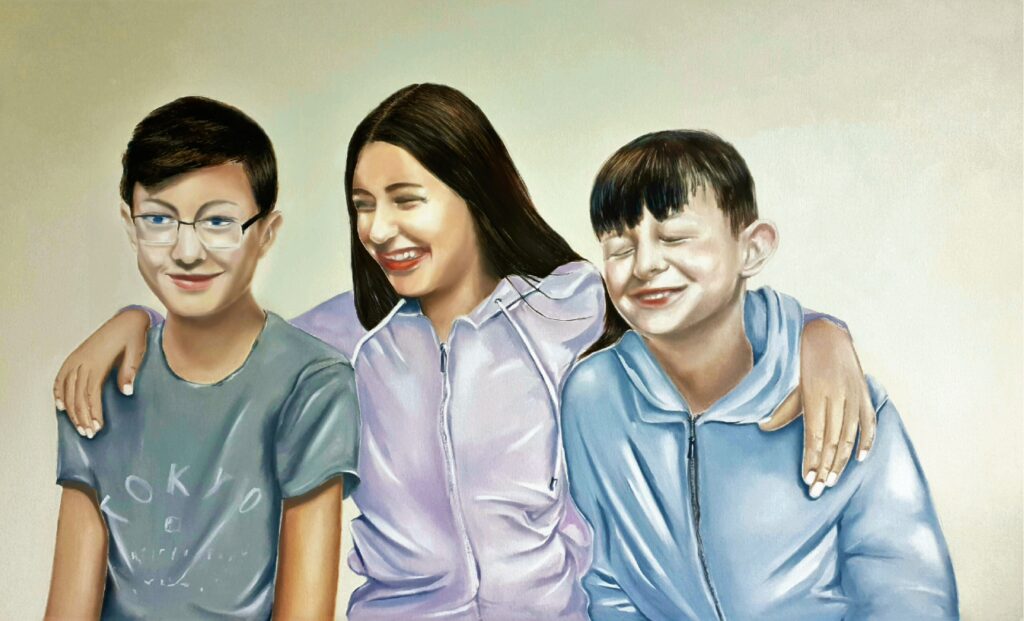Portrait Painting

A good portrait is compelling as it tells the viewer something about the person. The painting is not just a visual representation of the person, it will also reveal something which represents the essence of that person. This essence may not be obvious but is often implied through a certain expression, tilt of head or simply the artist’s clever use of colour, tone and texture. In someways, the protrait can depict a biography – it tells a story.
For centuries artists have been captivated by protraiture with this tradition dating back to the times of Ancient Egypt. Historically portraits were created as a symbol of power, wealth, importance and beauty. Even with modern technology and photography, portrait painting has remained to the fore in the art world.
Oil paint has been the medium of choice for the Old Masters for their characteristic of being slow drying which gives time to modify and change the portrait through slight variations of skin tone and the ability to put layers on canvas. The portrait can be built with incredible detail.
What does the artist consider when painting a portrait?
All successful portraits rely on good drawing skills and careful, considered colour choices. In the past the artist tended towards an accurate representation of the sitter, but there is a growing movement towards more expressive portraits depicting emotion and essence rather than a life like photographic image.
What influences a good portrait?
- Suroundings – Where does the portrait take place? Indoors or outdoors? The setting can reveal the character of the person depicted.
- Clothing – How does the sitter dress? Casual, elegant, work clothing all influence the direction of the portrait.
- Pose – Sitting? Standing? Gaze? This gives a sense of the person depicted.
- Objects and Background – Colour and choice of background influences the sense of the painting and gives an idea of the sitter’s surroundings. Including an object – such as a pen if the sitter is a writer tells more about the person.
Stepping away from the portrait for an hour or two and coming back with fresh eyes is important and gives renewed energy to the painting. It’s best for an artist not to try to master portraiture but to learn from the person sitting.
Like This? Share It!

